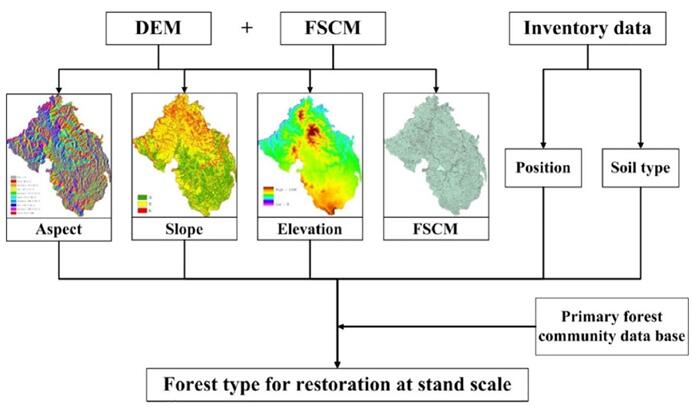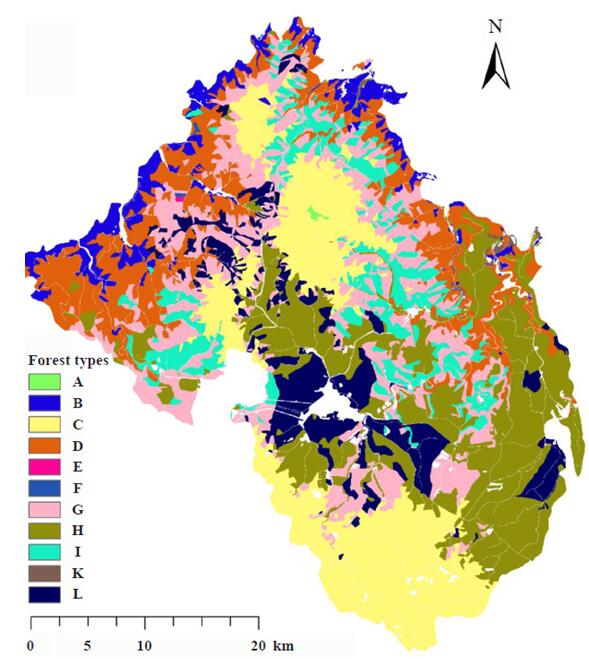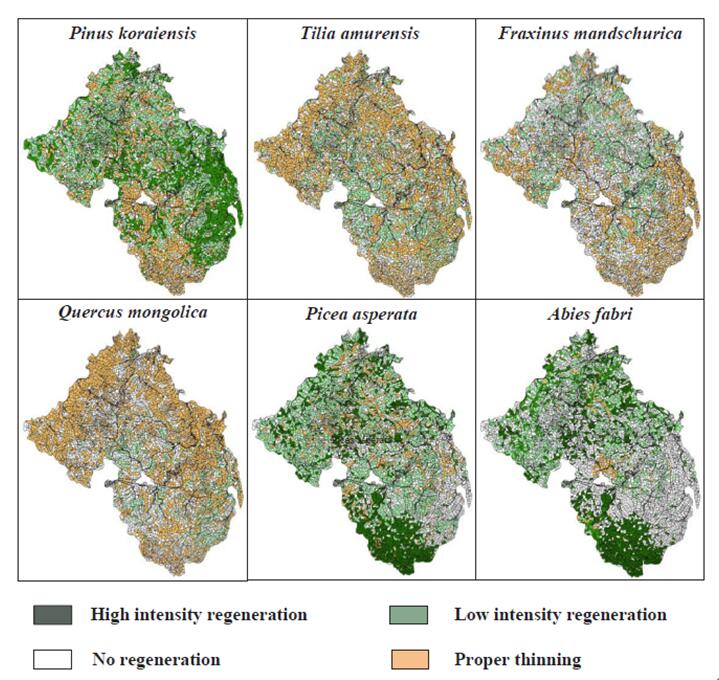Natural forest degradation caused by human activities is one of the most serious problems that threaten human wellbeing and biodiversity conservation.
Currently, less than 20% of the world’s forest is original forest. Scientists and governments have realized that there is an urgent need to restore degraded forest ecosystems after decades of intensive logging, building, and mining, etc.
In recent days, scientists and governments implement great efforts to develop theories and techniques to restore degraded forest ecosystems, useful forest restoration knowledge and practices have been advanced.
However, despite global efforts and ambitious targets for such attempts to gain divers goals at different scales, there are yet no general and effective solutions for linking planning at a landscape scale and implementation at an ecosystem scale. The main reason is that most plans for forest landscape restoration projects made “top-down” policies or decisions at a larger scale, in which landscape structure, regional ecosystem services are the primary concern. On the other hand, the implement of forest landscape restoration is a “bottom-up” process, which focuses on restoring several specific ecosystems to gain target ecosystem structure and function.
Therefore, to explore the solution to the mentioned challenges, Dr. QI Lin from the Institute of Applied Ecology of the Chinese Academy of Sciences, and his colleagues developed a new restoration approach that considers stand conditions based on recent-historical forests in combination with an assessment of several potential forest landscape structure indexes to identify potential restoration plans at multiple scales. And they tested it in the management of forests in Changbai Mountains.
First, they identified 14 local native primary forests that in response to different topographies in the study area with data from previous studies and forest inventory data. Then they extracted stand condition data from a digital elevation model and forest inventory data. Combining the topography data with the native primary forests, they identified the forest types for restoration in each forest stand. Based on the landscape structure analyses, the optimal arrangement of forest types for restoration at landscape scale was determined. Combined landscape restoration target and potential forest types for restoration of each sub-compartment, the locations and the species for restoration were finally determined.
Their approach emphasizes the inclusion of habitat-based targeted forest type selection combined with goals to benefit landscape structure and functions, provide an important bridge from stand scale implementation of actions to landscape decision-making processes.
This study provides a significant baseline for forest restoration and increase restoration effects.
These results were published as the title “An integrated multi-scale approach to restoring a degraded secondary forest ecosystem: A case study in the Changbai Mountains, northeastern China” on “Ecological Engineering”.
This paper was supported by National Natural Science Foundation of China, National Key Technologies R&D Program of China.

Fig. 1 Framework of identifying the community for restoration at an ecosystem scale based on stand condition. DEM: Digital elevation model; FSCM: Forest sub-compartment map (Image by QI Lin).

Fig.2 Optimal arrangement of restored forests at landscape scale. A: Subalpine Betula ermanii forest; B: Betula ermanii-spruce-fir forest; C: Dark coniferous forest; D: Moss-spruce-fir-Korean pine forest; E: Shrub-Tilia amurensis-Mongolian oak-Korean pine forest; F: Shrub-Manchurian walnut-Ulmus laciniata- Korean pine forest; G: Shrub-Fraxinus mandshurica-Tilia amurensis-Korean pine forest; H: Sedge-Mongolian oak-Korean pine forest; I: Fern-sprucefir- Korean pine forest; J: Uralfalsespiraea-Ulmus davidiana- Fraxinus mandshurica-Korean pine forest; K: Moss-Korean pine forest; L: Carpinus cordata-fir- Korean pine forest; M: Carpinus cordata-Mongolian oak-Korean pine forest; N:Carpinus cordata-Tilia murensis-Korean pine forest (Image by QI Lin).

Fig.3 Forest management map (Image by QI Lin).
Email: yueqian@iae.ac.cn
Publiction Name: QI Lin